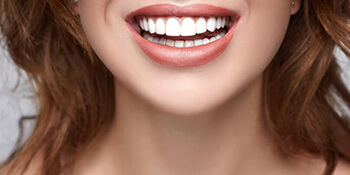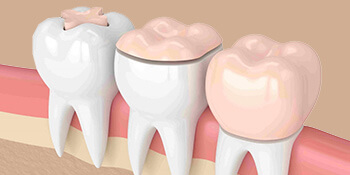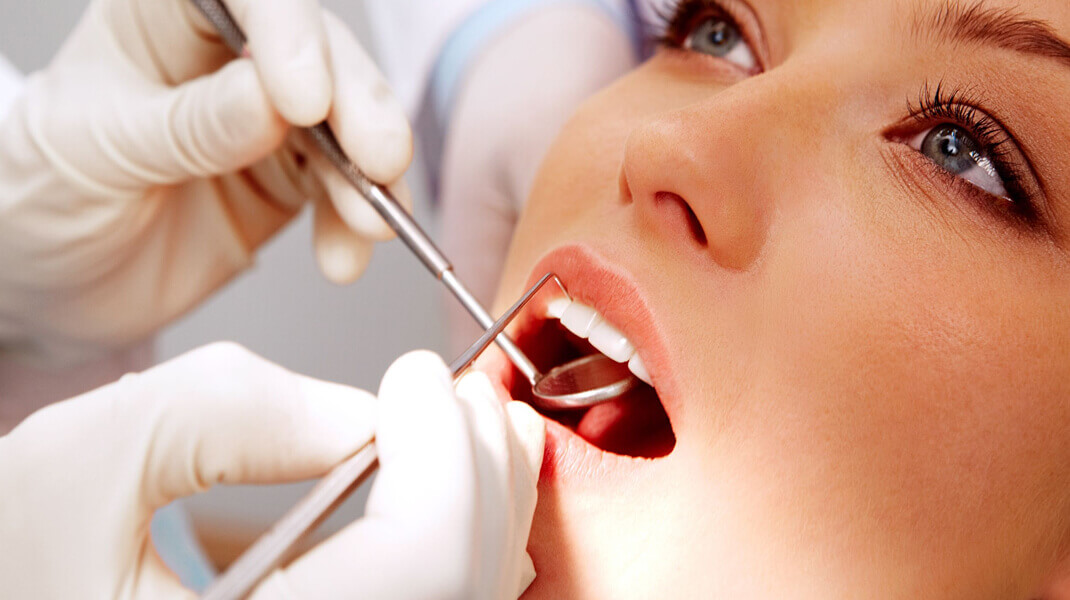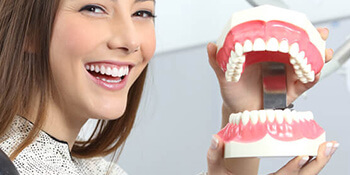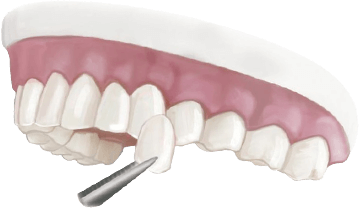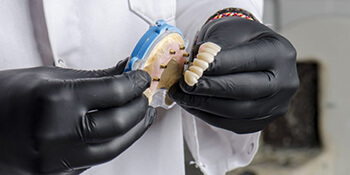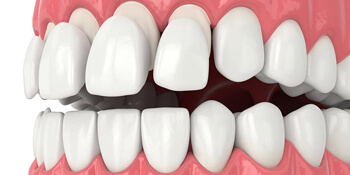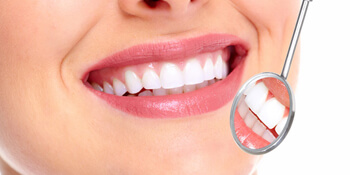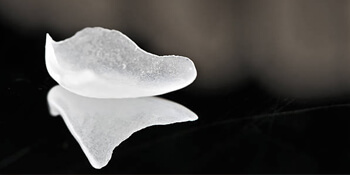Porcelain Laminate Veneers
Porcelain laminate veneers, also known as leaf porcelain or laminates, are specially designed porcelain dental restorations that are custom-made to address aesthetic concerns, tooth fractures, and deformities. These thin porcelain coverings are bonded to the front surface of teeth without any significant enamel removal. Laminate veneers provide an excellent fit and precision due to their thin, semi-translucent structure. Despite their thinness, porcelain laminates closely resemble natural teeth, offering both durability and resistance to fracture.
This method is preferred for its minimal impact on healthy tooth structure, allowing for the preservation of existing dental tissues. If there is no need for gum treatment or aesthetic intervention, laminate veneers can typically be applied over the course of 2-3 sessions. Achieving a natural dental appearance through porcelain veneers takes approximately 1 month. Smile aesthetics have become one of the most popular dental procedures, as many individuals seek a quicker way to attain a beautiful smile before undergoing other dental treatments. At our Galaksi Dental Clinic, we specialize in providing aesthetic dental procedures for both beauty and health.
Why Choose Laminate Veneers?
Over time, teeth can lose their color and durability due to factors such as age and oral care practices. Weakened teeth may experience wear and breakage. Aesthetic dentistry can help regain lost teeth through restorative procedures. Individuals with aesthetic concerns may desire a more visually pleasing appearance for their teeth. Laminate veneers and full ceramic veneers are options that can assist in achieving this goal. Porcelain dental veneers are recommended for correcting shape irregularities, correcting mildly misaligned teeth, addressing color discrepancies, aligning front teeth, and resolving other aesthetic and functional issues.
When Are Porcelain Laminates Used?
Laminate porcelain veneers can be applied to patients of almost any age when necessary, offering restorative advantages especially for those dissatisfied with their dental structures. Situations where laminate veneers are recommended include:
- Closing gaps in the front teeth.
- Restoring fractured or worn teeth.
- Increasing tooth length.
- When tooth whitening methods are insufficient for very dark teeth.
- Addressing decay in front teeth.
- Correcting poor structural form and shape.
- Treating discolored or old fillings.
- Aligning crooked teeth.
- Closing diastemas (gaps between teeth).
- Correcting discolored or structurally compromised old fillings.
- Addressing dissatisfaction with tooth shape.
- Correcting genetic dental irregularities.
The Process of Porcelain Laminate Veneer Application
The process of adapting laminate veneers to teeth is relatively quick. It begins with taking intraoral measurements. A mock-up test application is performed using the model extracted from these measurements. After both the dentist and patient agree on the mock-up, the teeth are prepared for the procedure. The duration of the procedure can vary based on the number of teeth receiving veneers. Temporary veneers are attached to the patient’s teeth, allowing for observation of any compatibility issues. If no issues arise, final adjustments are made, and the actual porcelain veneers are prepared. Laminate porcelain veneers are bonded to the teeth through a specialized application. Patients can start using their new teeth on the same day.
Advantages of Porcelain Laminate Veneer Treatment
Porcelain laminate veneers have become one of the most popular procedures in aesthetic dentistry due to their ability to restore the natural tooth form and their numerous advantages that enhance quality of life. Some benefits of porcelain veneers include:
- Porcelain laminates maintain their color, strength, and durability.
- Application can be done without significant enamel removal.
- They provide an extremely aesthetic appearance.
- They can be applied to a single tooth or multiple teeth.
- They are virtually indistinguishable from natural teeth.
- They do not exhibit discoloration.
- They have a smooth surface texture.
- They have high resistance to fracture.
- They exhibit strong resistance against tension and compression forces.

